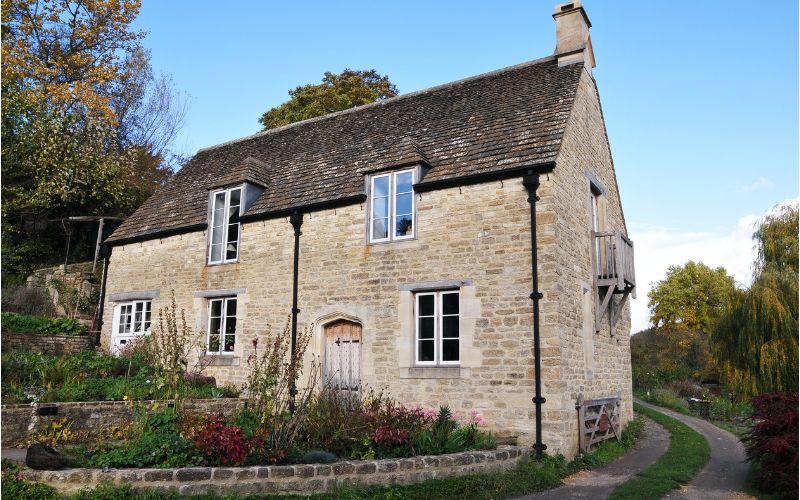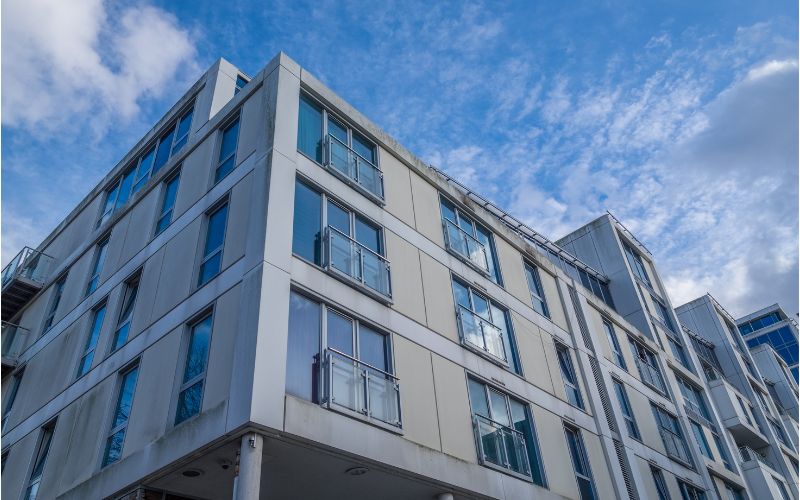Listed Buildings sit within one of the four statutory lists maintained by Historic England in England, Historic Environment Scotland in Scotland, Cadw in Wales, and the Northern Ireland Environment Agency in Northern Ireland.
Here are some key areas to consider before purchasing a Listed Building…
-
Understand the different types of Listed Buildings
Before you invest in buying a Listed Building, it’s important that you know what kind of Listed Building it is. There are three types of Listed Buildings, all with their own specifications and needs, but all sharing the common need to be protected due to their special architectural or historical significance.
The categories of a Listed Building are:
- Grade 1: Buildings of exceptional interest, of the highest significance
- Grade 2*: Particularly important buildings of more than special interest
- Grade 2: Buildings of special interest, warranting every effort to preserve them
-
Learn more about the different regulations
Historic England gives an overview of the different restrictions that are applicable to Listed Buildings. Some of them relate to renovations and building regulations around design and construction, and other restrictions are around things like maintenance.
The different restrictions for Listed Buildings, broadly speaking, concern:
- Alterations to the building
- Maintenance of the building
- Demolition of the building
- Local conservation
- Special permissions and plans for the building
The Minimum Energy Efficiency Standards was bought into effect in 2018 and makes it illegal to rent or sell a property with an EPC with a rating of F or G. It is a common misconception that all Listed Buildings are exempt from the MEES regulations.
Listed Buildings can only be exempted: ‘Insofar as compliance with certain minimum energy performance requirements would unacceptably alter their character or appearance.’
It is therefore suggested that an EPC is still procured for a Listed Building as some energy efficiency improvements may have minimal impact, such as changing the heating system or controls. Other measures such as upgrading windows and adding insulation would have a more significant impact on the character or appearance of the building.
-
Check planning history and listing description
Before you buy a property, you need to have written proof of a few things. Firstly, you must not just take an estate agent’s advice that a property is listed, it is important that you have the written evidence of it and a listing description which will be available online. This is the only way that you can know what you’re dealing with and adhere to the Listed Building restrictions.
You will also need written evidence of any planning permission and planning history that has gone on before you moved in. When you move into a Listed Building, you are responsible for keeping it in line with its description and protecting its special interest status. This means that you are responsible for work that has gone on prior to your move-in date, so you must make sure that this work was approved and achieved the relevant permissions.
-
Ensure you get a full building survey
Many Listed Buildings will need a full building survey to ensure that the owner understands the maintenance commitments that they are making in acquiring a listed property. The surveyor will be able to run through restrictions, budget concerns, and traditional repair methods that may be required as part of regular maintenance.
With Listed Buildings, a building survey is essential as they often have special maintenance needs that can be costly. Damp considerations are also key, as many properties don’t have Damp Proof Course (DPCs) or if they do, they may have perished over time.
-
Insurance
Owning a Listed Building requires specialist insurance which will only be available from a limited amount of insurance providers. This will also require an up-to-date rebuild cost assessment which should be reviewed annually and formally recalculated every three years. This is due to rebuilding rates for Listed Buildings being higher than normal construction rates due to specialist tradesmen and bespoke and traditional materials needing to be sourced.
Next steps
To discuss your heritage or Listed Building project requirements contact our team for an expert opinion.
Disclaimer: Please note this article is for guidance purposes only and does not constitute legal advice.




